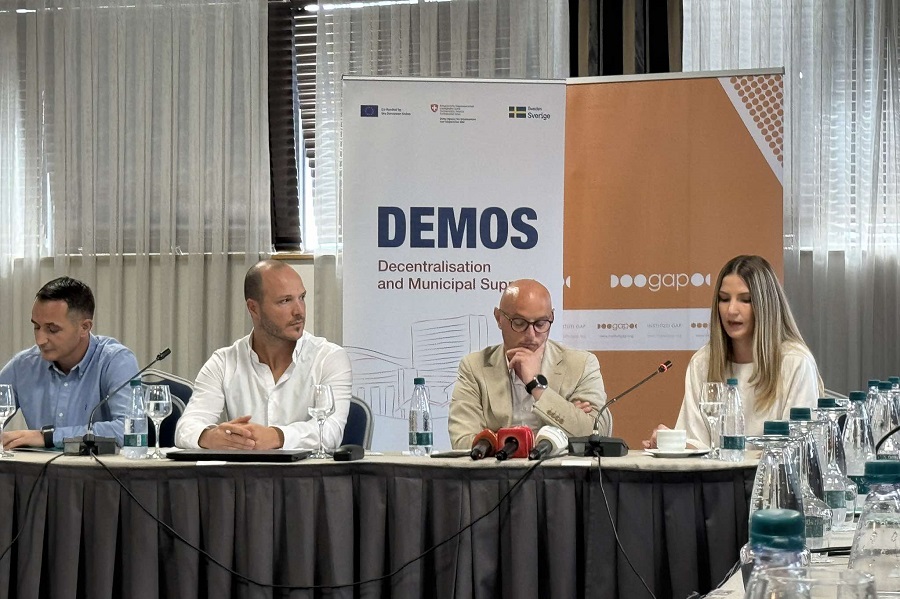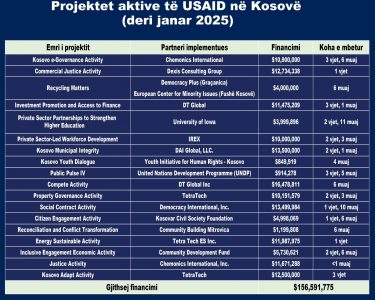From the 15 municipalities of Kosovo, the budget in each case for the next year will be higher, in some 2 percent and in some up to 11 percent. The municipality of Ferizaj has the highest increase in the budget with about 11.7 percent, followed by Graçanica with about 10.8 percent and Klina with about 10.4 percent. Meanwhile, the lowest rate of budget growth is the Municipality of Obiliq with an annual increase of 1.88 percent. This was announced at the discussion table in which the analysis “Budgetary planning of municipalities for the year 2025” was presented, organized by the GAP Institute and Helvetas/DEMOS project.
Meanwhile, the analysis shows that capital investments in these 15 municipalities are planned to realize 670 capital projects, for which a budget of 88 million euros will be allocated. Of them, only 17 million (nearly 20%) will go to new projects.
The political analyst at the GAP Institute, Bekim Salihu, while showing the municipalities they analyzed, added that most of the budget of the municipalities that are part of this report spend half of their budget, about 50%, on salaries and per diems.
While he said that the municipalities involved are: Drenas, Kaçanik, Peja, Kamenica, Obiliq, Graçanica, Suhareka, Rahovec, Klina, Vitia, Dragash, Junik, Ferizaj, Podujeva, and Prizren.
While he has told about the number of planned investments in these municipalities.
Meanwhile, the representative of the DEMOS Project, Drilon Shala, said that these activities aim to increase the capacities of the municipalities and the greater involvement of citizens in the decision-making processes, making budgeting more transparent and sensitive to the needs of the community.
Meanwhile, the chairman of the Collegium for Budget and Finance, Association of Kosovo Municipalities, Durim Halilaj, said that they continue to face problems related to the collective contract in education and health.
While, from the findings of the analysis, it is highlighted that no municipality in budget planning refers to local or national plans or strategies that have been drawn up with the aim of strategic orientation, not only budgetary, but also social.








